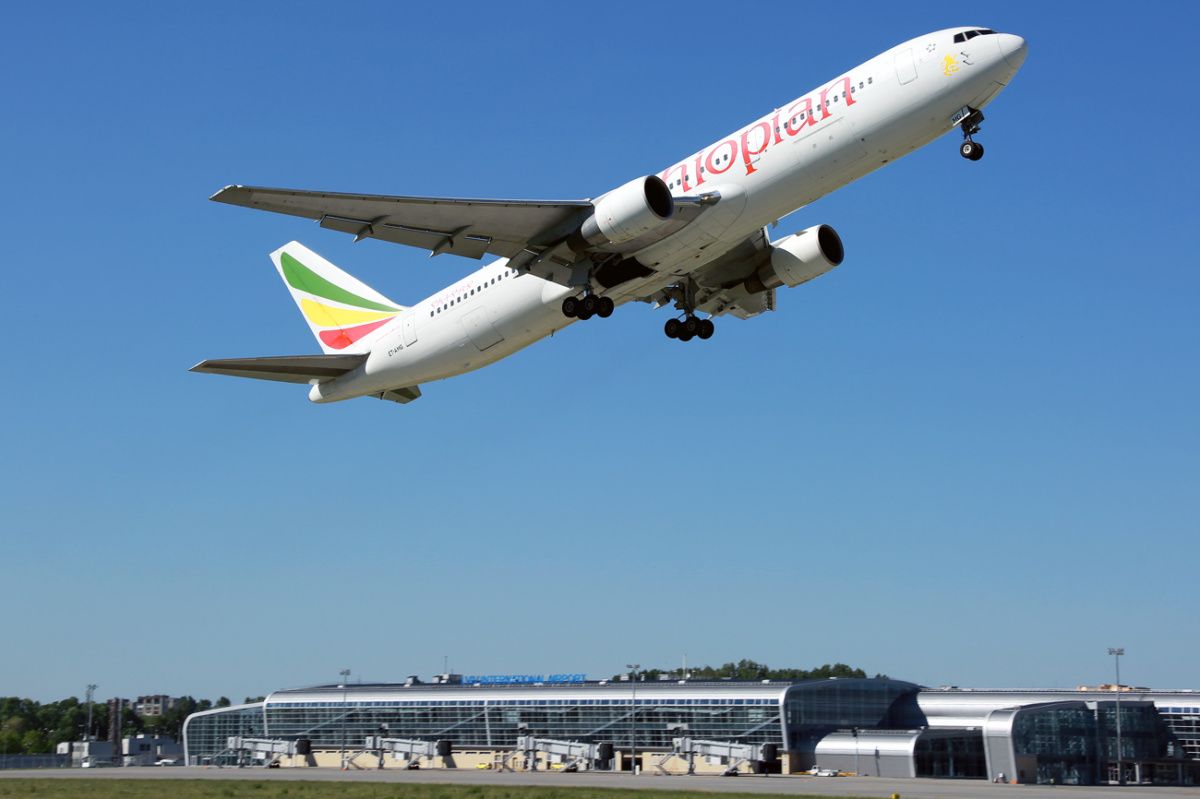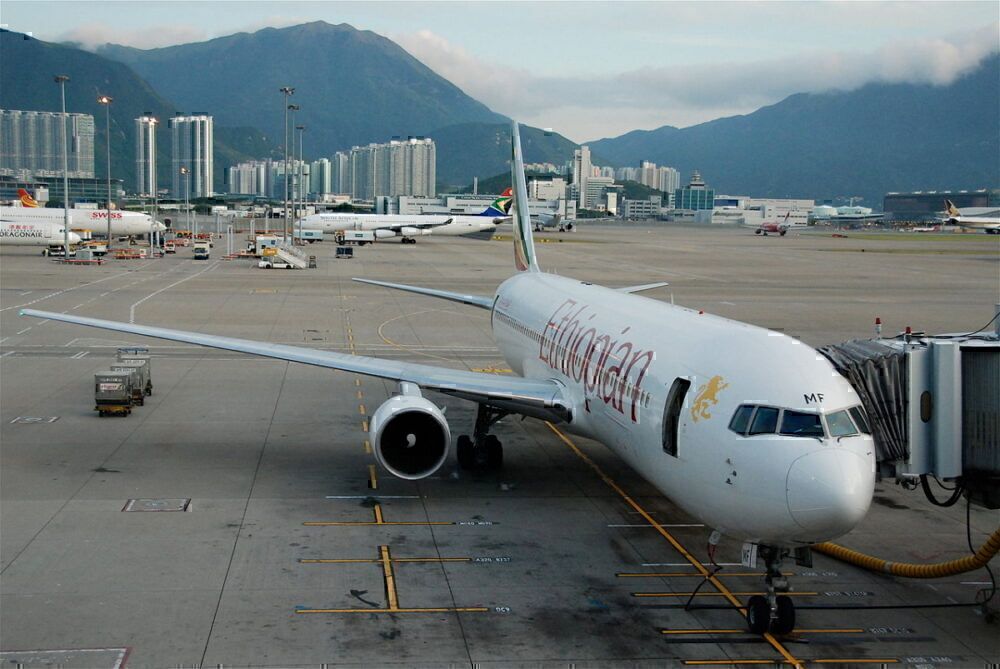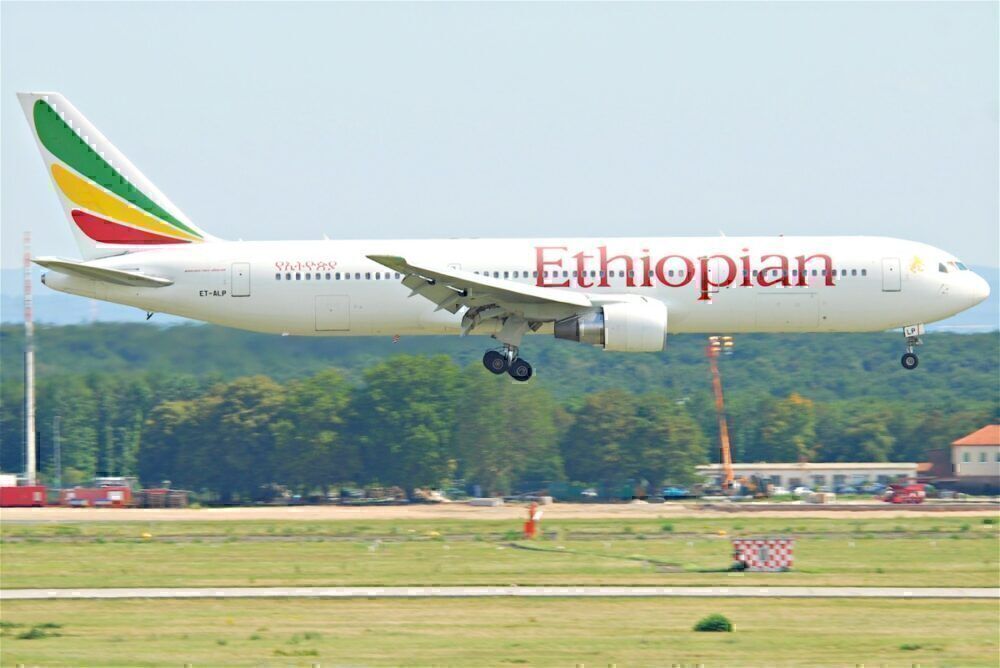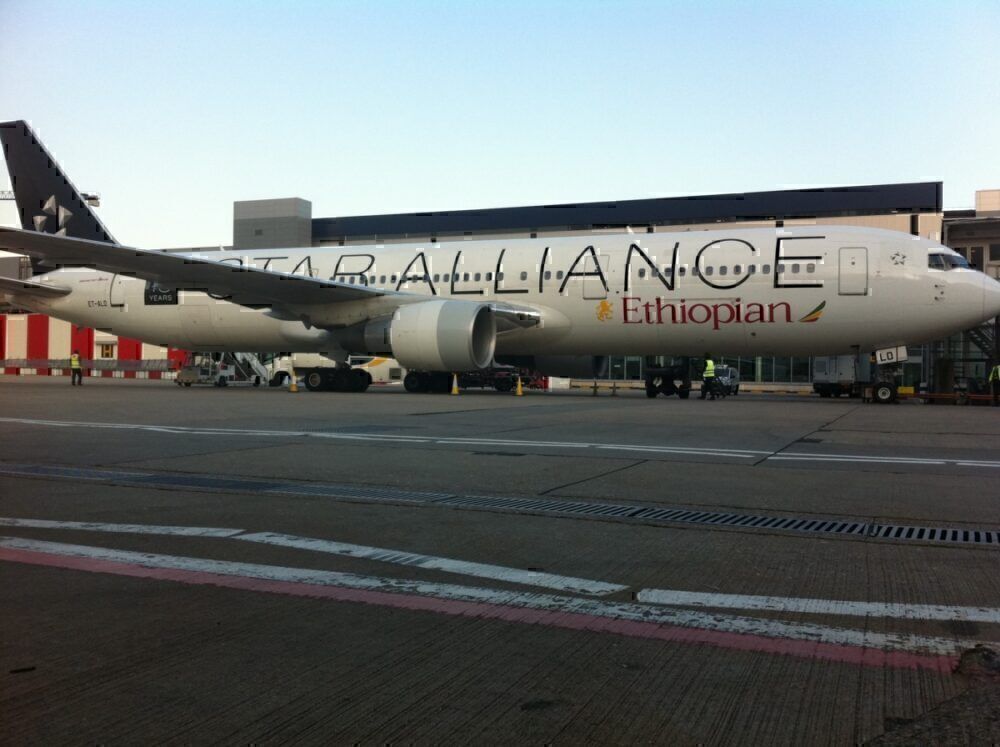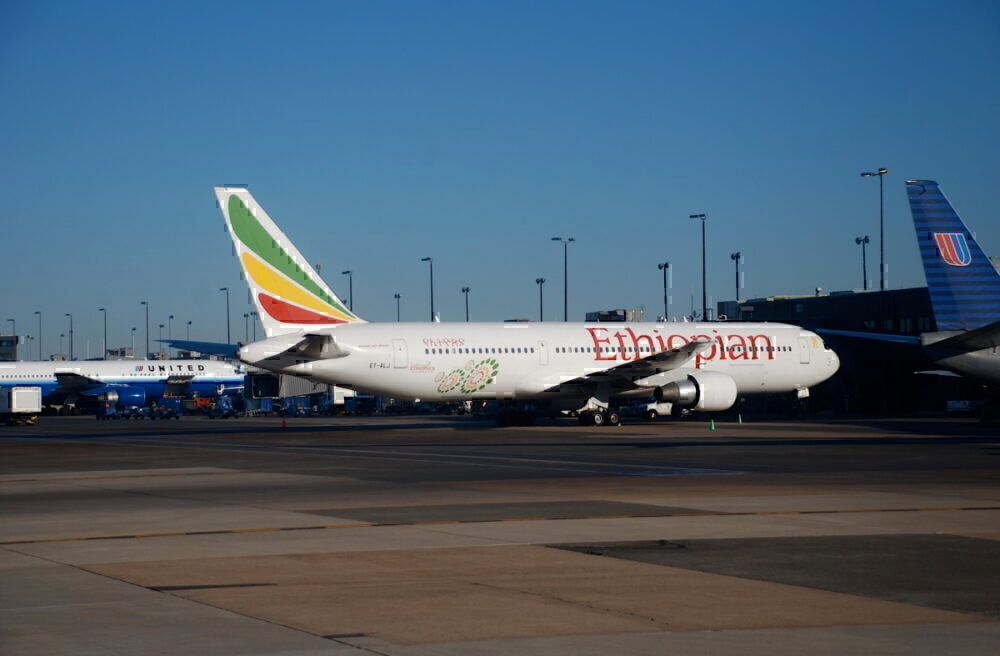Ethiopian Airlines proudly flies a very young fleet. Its Dreamliners have an average age of less than five years, while its A350s average just 2.5 years in service. But one model stands out like a sore thumb, and that's the 767. With an average age of 17.2 years, these aircraft are moving rapidly towards a good age for retirement, but has COVID sped up Ethiopian's plans?
Retirement plans could still be changed
While most airlines are swiftly waving goodbye to the 767, Ethiopian gave a second lease of life to its 767-300s in 2017. Back then, it installed Optimare's fully flat ZEST seats on its remaining aircraft, to bring them up to the standard of other widebodies in the fleet such as the 767. At the time, the airline noted that this was an investment of more than $6 million.
But with the current crisis driving down the need for a large fleet, has Ethiopian changed its mind about keeping these widebody workhorses? Simple Flying asked Acting Chief Commercial Officer Esayas WoldMariam what the future was for these aircraft. He said,
“We are in the process of phasing outside the 767-300s. They are in the schedule for phasing out. But because we also have short term charters and other things for which those aircraft are good for the mission, we have been keeping them for some time. Depending on the speed of the recovery and whether we have more aircraft than we need, we may retire them sooner or maybe later.â€
In 2017, Ethiopian said that the refit would see these 767s through another four years of service. This means they were scheduled for retirement next year, anyhow. But will some leave earlier, and which ones will stay longer? Let's explore.
Stay informed: Sign up for our daily aviation news digest.
Ethiopian's history with the 767
Over the course of its partnership with the Boeing widebody, Ethiopian has operated a total of 18. 14 have already left the fleet, leaving it with just four 767-300s remaining.
The first 767 to arrive with Ethiopian was a -200 and was delivered in May 1984. Two more -200s joined over the next few years, one of which was written off having been hijacked and flown until the fuel was empty, and then crashed into the ocean. The other two -200s left the fleet by 2007.
Between 1996 and 2013, a total of 15 767-300s arrived at Ethiopian. By the start of 2020, all but six had been returned to lessors or sold. ET-AMG and ET-ALH were withdrawn from use early in 2020. Both have now been given new US registrations and are stored at Pinal Airpark at the current time.
This leaves Ethiopian with just four Boeing 767s in its fleet. Which ones will remain, and which ones will disappear before the current crisis is over?
Ethiopian's four 767s
ET-AMF is a 20-year-old 767-300ER. It has not been withdrawn from use at the current time, and is showing on flight trackers as having had some activity in recent months. However, its ADS-B coverage is patchy, and it doesn't seem to have left Addis for some weeks. As the oldest 767 in the fleet, it's not looking hopeful for a return to service.
ET-ALP hasn't been as busy. Its last flight was on March 25th when it returned to Addis from Mombasa. At 15 years old, it's one of the younger 767s in Ethiopian's fleet and is owned by the airline. Although it seems to be in deep storage at the moment, it may well make a return to the fleet.
ET-ALO is a much more sure-fire thing. This 767 is painted in Star Alliance livery and hasn't been rested at any point throughout the crisis. Mostly it has been flying within Africa, although in recent weeks, it has performed some special flights to Delhi and Beirut also. It's got a fairly active schedule, so is likely to remain at least for the short term.
The final 767, ET-ALJ, is actually owned by the United Nations. It is operated by Ethiopian on its regular and charter services but is at the disposal of the UN to use for humanitarian missions when needed. It's the only 767 in the UN fleet and the largest aircraft it owns. For that reason, it's unlikely to leave the Ethiopian fleet as it is so useful for a number of special missions.
Will Ethiopian keep these 767s?
For the time being, at least, it looks like some of these 767s will stay. The UN plane and the Star Alliance plane are certainly looking to be proving their worth, at least for now. The 767 in deep storage (ALP) and the 'active' plane in Addis Ababa (AMF) are unlikely to return to active service unless Ethiopian sees a dramatic uptick in demand in the coming months.
Will you be sad to see Ethiopian's 767s leave the fleet? Let us know in the comments.

